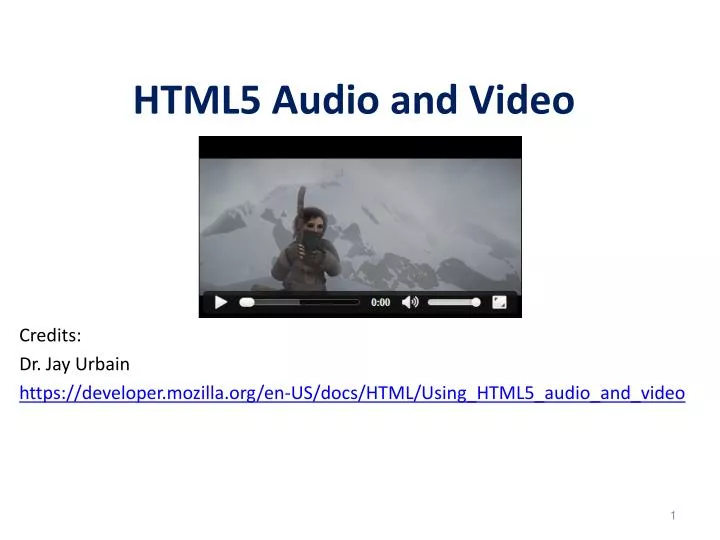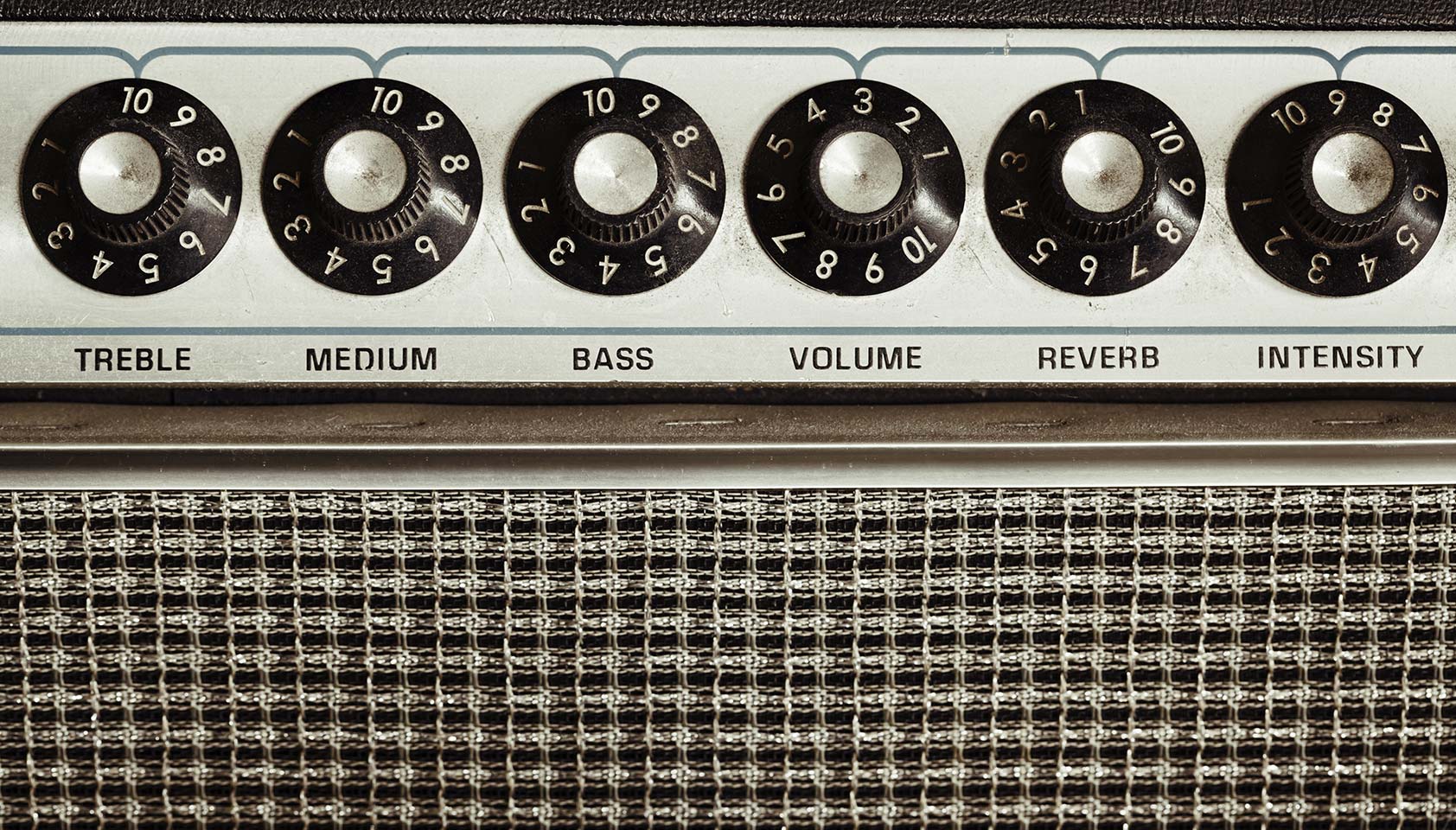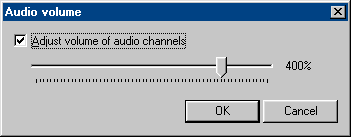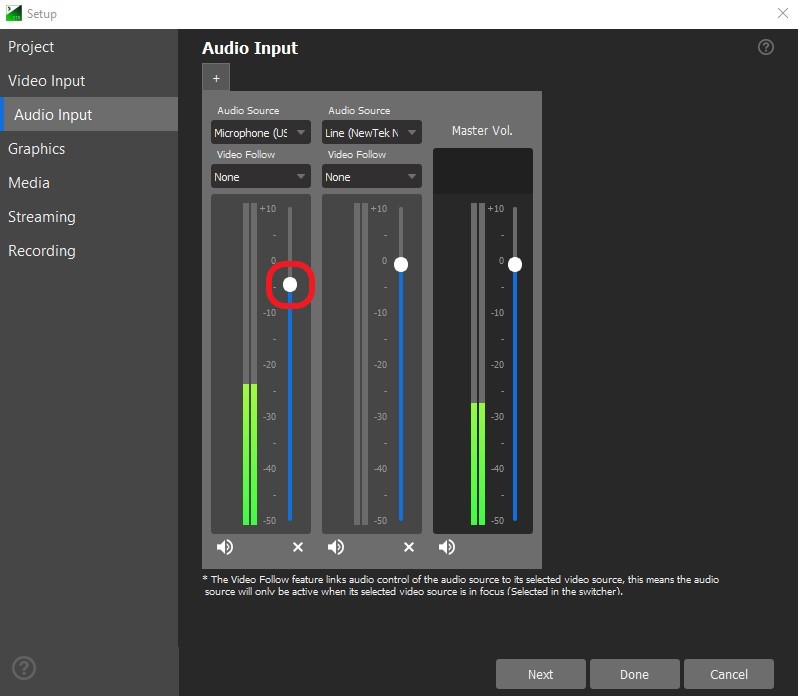

įor an extreme in depth look into the audio tag, check out. The audio tag has a few events that you can run functions off of and a source tag which contains the path to the song you want to play along with the type of the song. Check out the Amplitude site for latest documentation and a to see the latest features:
Html5 audio volume download#
Amplitude 3 is now available! Download it on GitHub. We’ve made it even easier for you to style HTML5 audio elements. This provides the developer the ability to stylize all of the buttons and make a custom UI for the Audio element. In this tutorial I provide examples and a simple library on interacting with the audio element through Javascript and CSS. However, with the generic controls attribute, all audio tags look the same, but without any controls defined, the audio tag is invisible. With the introduction of HTML 5, the audio tag provides a simple way to play audio files without the use of Adobe Flash.
Html5 audio volume software#
In which a hihat is played every eighth note, and kick and snare are played alternating every quarter, in 4/4 time.Build better software and get user feedback directly in GitHub, GitLab, and more. Probably the most widely known drumkit pattern is the following: A simple rock drum pattern

To demonstrate this, let's set up a simple rhythm track. The Web Audio API lets developers precisely schedule playback. response, function ( buffer ) Dealing with time: playing sounds with rhythm # The following snippet demonstrates loading a sound sample: var dogBarkingBuffer = null Ĭontext. Browser support for different audio formats varies. The API supports loading audio file data in multiple formats, such as WAV, MP3, AAC, OGG and others. The basic approach is to use XMLHttpRequest for fetching sound files. The Web Audio API uses an AudioBuffer for short- to medium-length sounds. Many of the interesting Web Audio API functionality such as creating AudioNodes and decoding audio file data are methods of AudioContext. addEventListener ( 'load', init, false ) Īlert ( 'Web Audio API is not supported in this browser' ) įor older WebKit-based browsers, use the webkit prefix, as with webkitAudioContext. The following snippet creates an AudioContext: var context

This routing is described in greater detail at the Web Audio specification.Ī single instance of AudioContext can support multiple sound inputs and complex audio graphs, so we will only need one of these for each audio application we create. This connection doesn't need to be direct, and can go through any number of intermediate AudioNodes which act as processing modules for the audio signal. To produce a sound using the Web Audio API, create one or more sound sources and connect them to the sound destination provided by the AudioContext instance. Getting started with the AudioContext #Īn AudioContext is for managing and playing all sounds. What follows is a gentle introduction to using this powerful API. The goal of this API is to include capabilities found in modern game audio engines and some of the mixing, processing, and filtering tasks that are found in modern desktop audio production applications. The Web Audio API is a high-level JavaScript API for processing and synthesizing audio in web applications. While audio on the web no longer requires a plugin, the audio tag brings significant limitations for implementing sophisticated games and interactive applications. Applying a simple filter effect to a soundīefore the HTML5 element, Flash or another plugin was required to break the silence of the web.

Dealing with time: playing sounds with rhythm.


 0 kommentar(er)
0 kommentar(er)
